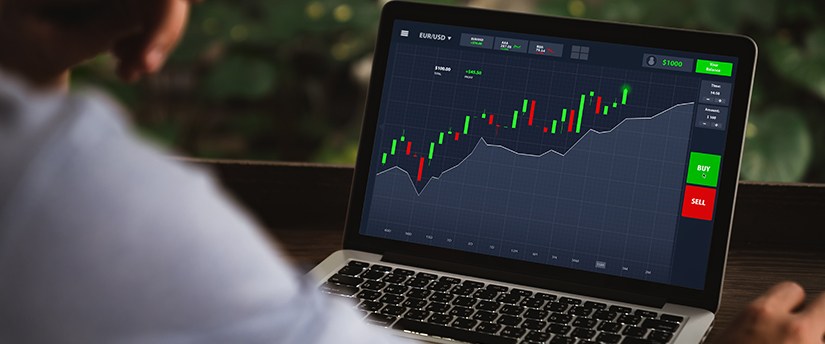Different Ways to Trade Forex
The forex market offers several instruments for retail traders to speculate on currencies. Here are the main ones:
1. Currency Futures
Currency futures are standardized contracts that let you buy or sell a currency at a specific price on a future date. These contracts are traded on centralized exchanges like the Chicago Mercantile Exchange (CME), which makes them well-regulated and transparent.
- Advantages: Regulated, transparent pricing, high liquidity
- Disadvantages: Not as flexible as spot trading
2. Currency Options
Currency options give you the right (but not the obligation) to buy or sell a currency at a set price before a certain expiration date.
- Traded on platforms like the CME, ISE, or PHLX
- You can buy options to speculate or hedge against risk
- Advantages: Strategic flexibility, limited risk
- Disadvantages: Limited trading hours, lower liquidity compared to spot FX
3. Currency ETFs (Exchange-Traded Funds)
Currency ETFs track the performance of one or more currencies. They are traded like stocks on major exchanges and are managed by financial institutions.
- Use cases: Speculation, portfolio diversification, or hedging currency exposure
- Limitations: Not open 24/7 like spot FX, subject to trading fees
4. Spot Forex (Spot FX)
This is the most popular market for trading forex. It’s an “over-the-counter” (OTC) market, meaning trades happen directly between two parties without a centralized exchange.
- Large institutions trade here (interbank market)
- Price quotes are derived from these institutional trades
- Settlement: T+2 (two business days), though some currency pairs settle on T+1
- Note: Institutional spot FX involves physical delivery of currency, but retail trading does not
Retail Forex Trading: How You Actually Trade Forex
As a retail trader, you don’t directly participate in the institutional spot market. Instead, you trade through forex brokers or trading platforms that provide access to this market.
How It Works:
- Forex brokers act as your counterparty (they take the other side of your trade)
- They display price quotes and allow you to trade using leverage, which means you can control large positions with a small deposit (called margin)
For example, with $2,000, you might control a trade worth $100,000 using 50:1 leverage.
Rolling Spot Forex Contracts
When you open a trade, it’s technically a contract to exchange currencies. But since you probably don’t want to physically deliver or receive actual currencies:
- Your broker “rolls over” your position automatically each day
- This creates a rolling spot forex contract, avoiding physical delivery
- The rollover process (called Tom-Next) may involve paying or earning interest, depending on the currencies and direction of your trade
Closing a Forex Trade
To exit a position, you simply enter an opposite trade:
- If you bought EUR/USD, you sell EUR/USD to close the trade.
- This is called offsetting or liquidating the position.
Summary: Ways to Participate in Forex as a Retail Trader
| Method | Market Type | Key Feature | Best For |
|---|---|---|---|
| Currency Futures | Centralized (CME) | Standardized contracts, future settlement | Institutional traders |
| Currency Options | Centralized | Buy/sell rights with no obligation | Hedging or strategic traders |
| Currency ETFs | Centralized | Trade currency baskets via stock exchanges | Investors and portfolio managers |
| Spot Forex (Retail) | Decentralized (OTC) | Trade currency pairs with leverage | Most retail traders |
Final Thoughts
Retail forex trading gives individuals access to the massive forex market through leveraged contracts, without needing to handle physical currency.
By using a forex broker or trading platform, you can speculate on currency movements 24/5, using various strategies and risk management tools.
Join Our Political Forum official 2025 WhatsApp Channel To Stay Updated On time https://whatsapp.com/channel/0029VaWT5gSGufImU8R0DO30


